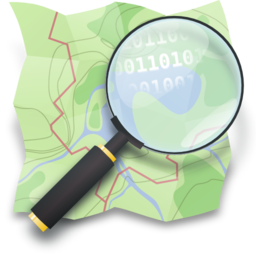Hello fellow mappers. I noticed a recent addition in my neck of the woods by the user ContraBand (Changeset: 145275022 | OpenStreetMap) included farmland and ‘meadows’ (which I still find a cumbersome way of tagging pasture land, but that’s neither here nor there…) with the names of the owners in the name=* key.
That in and of itself isn’t right because the farmer’s fields are not themselves named after these people—for example the field owned by Messrs. Daley and Van Tighem is not itself called “DALEY, R VAN TIGHEM, T” (and tagging this all-caps is stylistically obviously not correct either). However, I’m starting this discussion to pose the question: is it appropriate in the first place to add the names of private individual owners to these features?
I suspect ContraBand got the info from a Mountain View County land ownership map or database, hence why it’s all-caps: just copy-pasted from that source. The information may be considered copyright if that’s the case, although if added by manual cross-check rather than automated import I think it would be difficult to argue it’s a copyright violation. I suspect the information, if gleaned from the county, is probably very accurate, although there’s no way to know with certainty without pulling the land titles from the provincial registry.
In principle is it right to put people’s names in OSM as owners though? It’s not as though OSM is a cadastral property map, but we do have the owner=* key, and I’ve reviewed the discussion on the wiki talk page (Talk:Key:owner - OpenStreetMap Wiki). The discussion there seemed inconclusive…
Thanks in advance for your thoughts on the matter!
